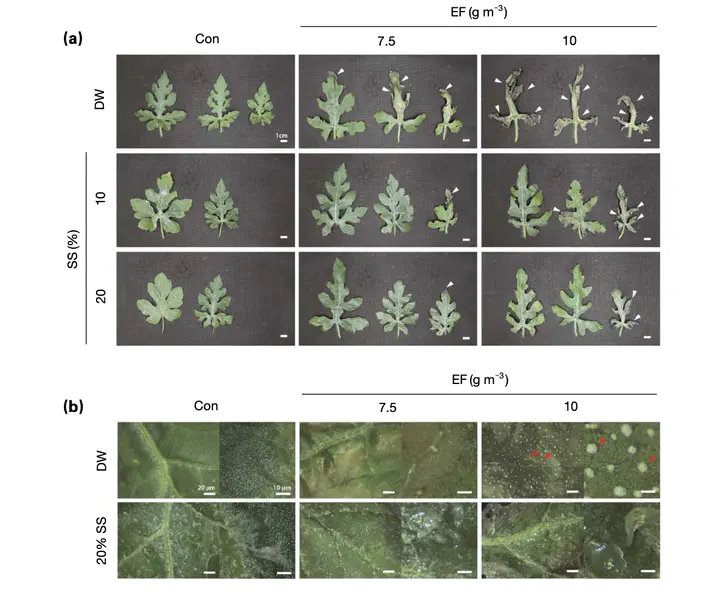Acute toxicity of ethyl formate to nontarget organisms and reduction effect of sodium silicate on ethyl formate-induced phytotoxicity

Abstract
Ethyl formate (EF) is a naturally occurring insecticidal compound and is used to control pests introduced from abroad, in quarantine, by a fumigation method. In particular, it is mainly used as a substitute for methyl bromide and is less toxic to humans and less harmful to plants. This study aimed to investigate the possible acute toxicity of EF to useful organisms, and how to reduce phytotoxicity in watermelon, zucchini, and oriental melon. After fumigation with EF for 2 h, the LC50 values for earthworms, honey bees, and silkworms were 39.9, 7.09, and 17.9g m-3, respectively. The degree of susceptibility to EF was in the order of earthworms, silkworms, and honey bees based on the LC50 value, and EF fumigation induced stronger acute toxicity to honey bees. Phytotoxicity was observed in watermelon leaves treated with a concentration of 7.5 g m-3 EF, and when treated with a concentration of 10.0g m-3, it was confirmed that the edges of watermelon leaves were charred and seemed to be damaged by acids. Zucchini and melon, and other cucurbits, showed strong damage to the leaves when treated with a concentration of 10 g m-3, and sodium silicate, at concentrations of 10% and 20%, was used to reduce phytotoxicity. Therefore, acute toxicity towards nontarget organisms and phytotoxicity during the fumigation of EF should be reduced for efficient agricultural pest control.